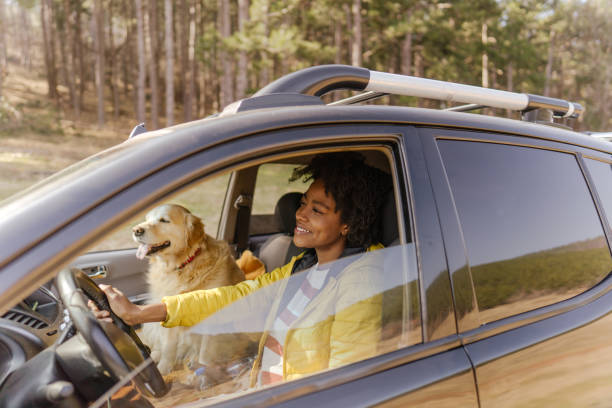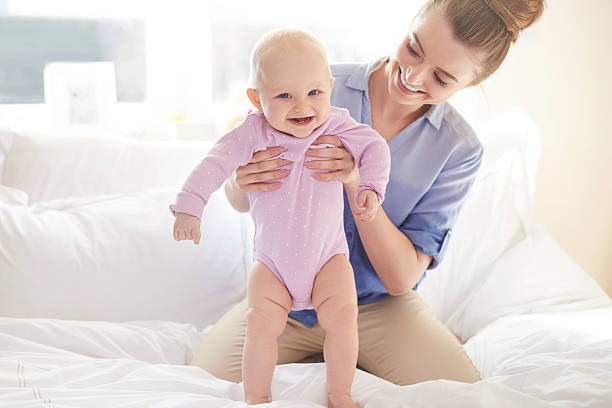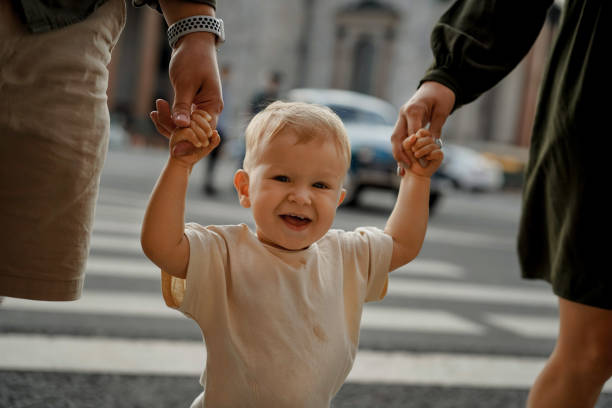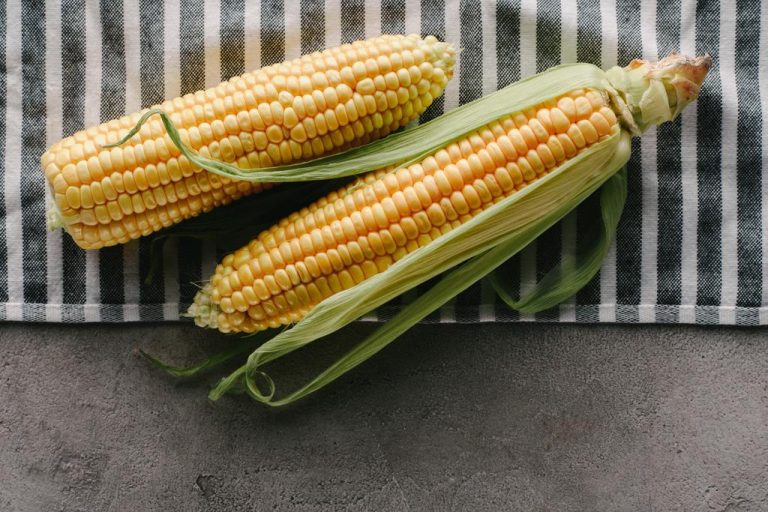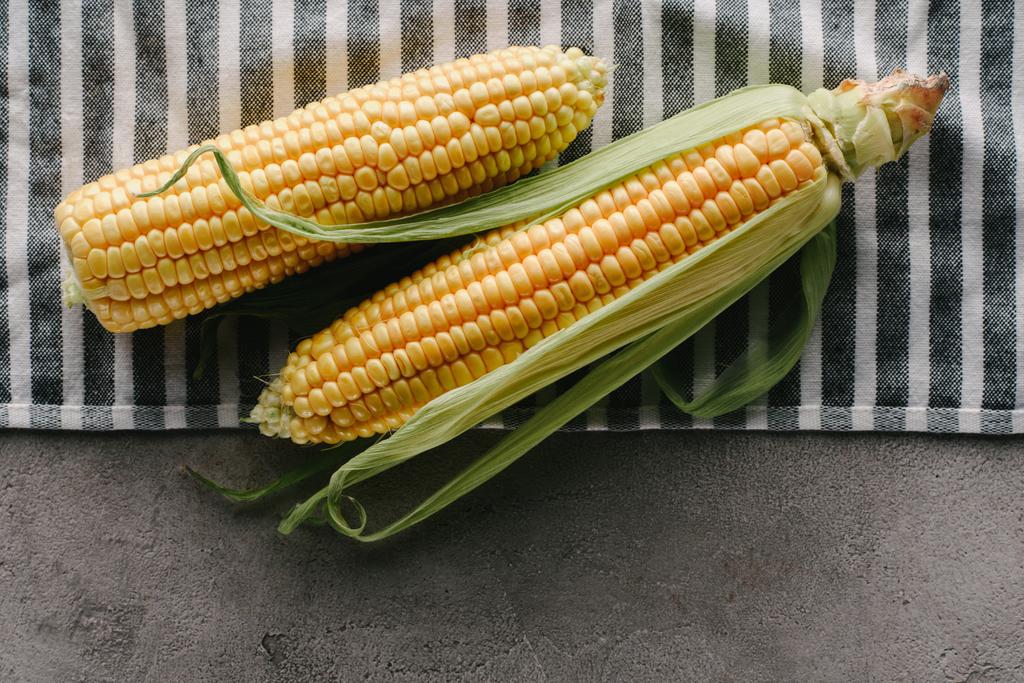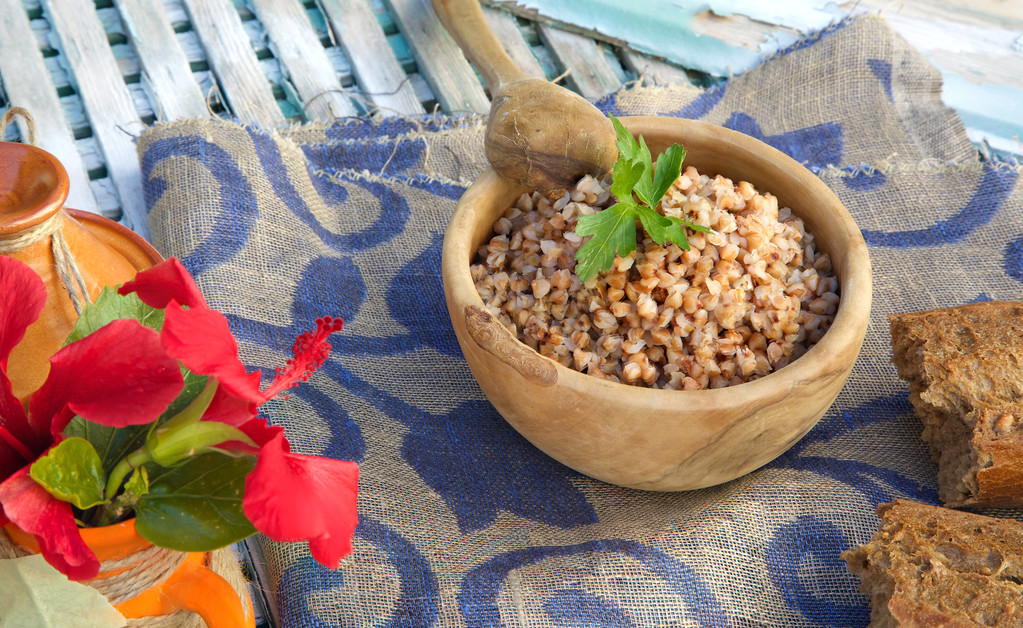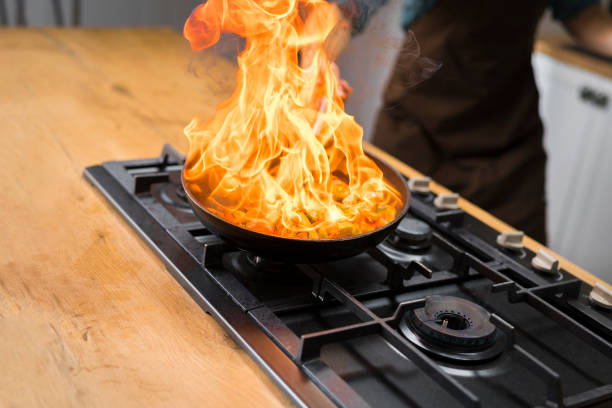Tips on keeping and storing valuables. How do you save your assets and where is the safest place to keep valuables such as watches, jewelry, and money? Since the economic crisis, consumers have been more cautious when it comes to their valuables.
Store valuables properly
According to the Federal Agency for Civic Education, every adult in Germany has an average net worth of 108,500 euros. Of course, the distribution in the Federal Republic is very different. About every fifth adult has no assets, seven percent have more debt than property. Those who have saved some want their wealth to be safe. And special valuables also need a safe place.

Keep valuables at home?
Especially in times of crisis, many people distrust banks. Instead, they prefer to hide their money in their own homes. Valuables such as watches or jewelery are even more likely to be stored at home. In addition to the material value, these often also have an ideal value, for example, because they are heirlooms or gifts. That’s why most people always want to have such things close by. Many do without the safe deposit box. If you too would like to have your dearest and most valuable sanctuaries at home, you should consider a few important things:
Avoid known hiding places
It is often made too easy for burglars. Because money or valuables are hidden in supposedly safe places. But many such hiding places are also known to the thieves. You should therefore avoid the following unsafe hiding places:
- Under or in the mattress
- In the coffee can or comparable containers
- In the closet
- Between the dirty laundry
- In the freezer or refrigerator
- In flower vases
Store valuables safely in the safe at home
The safest way to store your valuables and money is in a safe. Because burglars have to crack it first before they can get to the treasures inside. But here, too, you should follow a few rules. So it would be best if the safe is permanently installed on the floor or wall. Or use furniture safe. This should weigh at least 200 kg. Otherwise, the thieves could simply steal the safe. In addition, it is advisable to opt for a safe with a number code, as this is less easy to crack than a key lock. Also, note valuable tips against pickpockets.
What does the insurance pay?
Your household contents insurance protects you against burglary. They usually pay even if valuables are lying around openly – but not the entire value. With a safe, of course, things are different. It also depends on the security level. A standard model has security level B. This means that amounts of money up to €80,000 are insured, for example. You will rarely have more at home. If you plan to store large amounts of money and valuables at home, you should definitely contact your insurance company to find out exactly how you are protected.
Provide secure burglary protection
The number of burglaries has increased in recent years. According to the national police crime statistics (PCS), burglaries in 2015 increased by 9.9 percent compared to the previous year. A new high was reached with around 167,000 cases. For comparison: in 2005 there were only around 110,000 burglaries. Not only has the number of burglaries increased, but also the average damage to property. Expensive products and valuables can be found in more and more apartments. If you keep these at home, you have to ensure secure burglary protection so that burglars cannot easily take valuables with them. Without burglary protection, valuables are better kept outside of the four walls.

Store precious metals and valuables in a locker
Since the economic crisis, consumers have considered how to keep their savings safe. Money no longer seemed profitable for many, so they invested their retirement provision in various products: stocks, securities, and also precious metals, and jewelry. You can hold the latter in your hands and have full control. But stored at home, the gold is not safe from burglars. There are lockers for that. Here you can store various precious metals and personal valuables such as jewelry, inherited items, important documents, or contracts. The annual fee to be paid is based on the dimensions of the locker. With security level SG6 and basic insurance of several tens of thousands of euros, all precious metals and valuables are safe in a safe deposit box.

